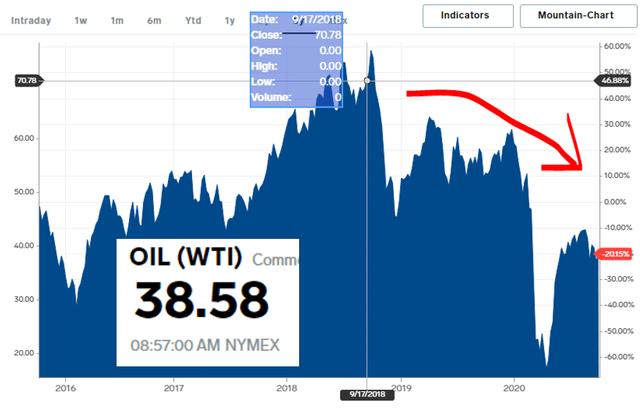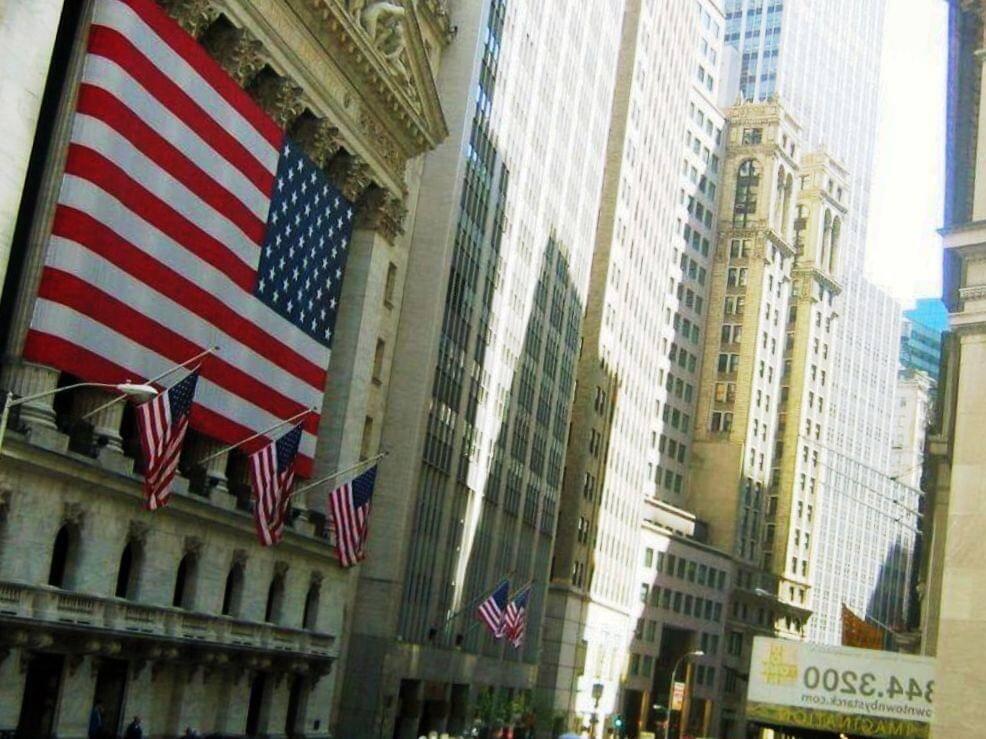Better Buy: Mastercard vs Visa Stock The Motley Fool

I want to begin by pointing out that Visa and Mastercard are more similar to each other than to American Express. Perpetrators of spam or abuse will be deleted from the site and prohibited from future registration at Investing.com’s discretion. Although Visa beats Mastercard slightly in some areas, Mastercard’s fundamentals are still extraordinarily attractive. Additionally, Mastercard does outperform Visa in some ways, suggesting a bullish view may also be appropriate here, although its higher P/E ratio gives Visa a slight advantage. Mastercard’s earnings are projected to jump 26% in FY22 with sales expected to rise 17% as shown in the charts below.

While Visa and Mastercard share similar trajectories in their stock prices, Mastercard has more than doubled in the last five years, while Visa is up 90%. However, Visa’s near-term stock momentum, its robust margins and fundamentals, and its slightly lower P/E ratio suggest a bullish view may be appropriate. With two companies that are basically a duopoly and so nearly identical in the types of services offered, a deep dive is in order.
Governance is one of those items that seems to be forgotten until it’s the only thing that matters. Just ask shareholders of Under Armour or General Electric, who saw returns plummet with no one to reign in strong-willed CEOs. In this section of the article, I will review Mastercard’s recent 4Q 2020 results and continue to touch on the areas where Mastercard Incorporated operates differently from its peer Visa, Inc. Visa, Inc’s total cross-border volume and cross-border volume excluding transaction conducted within Europe fell by -33% YoY and -21% YoY, respectively in 1Q FY 2021. Its selling, general and administrative expenses increased 13% to $2.4 billion, but its overall profitability growth was still solid. There were fears the collapse of FTX would put a halt on crypto investments.
Our Most Popular Articles
Adam received his master’s in economics from The New School for Social Research and his Ph.D. from the University of Wisconsin-Madison in sociology. He is a CFA charterholder as well as holding FINRA Series 7, 55 & 63 licenses. He currently researches and teaches economic sociology and the social studies of finance at the Hebrew University in Jerusalem. Many investors feel that Mastercard (MA -0.13%) is a better investment than Visa (V 0.09%) simply because it’s a little bit smaller and therefore has more room to grow.
In contrast, MA grew its revenue by a CAGR of 9.9% over the same period. After all, the #1 stock is the cream of the crop, even when markets crash. For me, the separation of CEO and chairman is enough to tilt the scales in favor of Mastercard, but each investor has to answer what’s most important to them. Ultimately, there’s no wrong answer when choosing between two excellent businesses.
MasterCard NewsMORE
Furthermore, technological innovation and the rapid adoption of digital prepaid card services should enhance the credit card market in the coming months. According to Research and Markets, the global credit card market is expected to grow at a 3% CAGR to hit $103.06 billion in 2021. The first area I look at is cash from operations as this indicates the amount of money a company brings in from its ongoing operations. V generated $10.44 https://investmentsanalysis.info/ billion in cash from operations in 2020 which was an increase of $3.86 billion (69.18%) over the past 5-years and $1.12 billion (12.05%) over the past 3-years. V has had a 14.23% average annual growth rate over the past 5-years and 6.45% over the past 3-years. MA generated $7.22 billion in cash from operations in 2020 which was a $3.12 billion (67.35%) increase over the past 5-years and $1.56 billion (27.54%) over the past 3-years.
The 3 Best Blockchain Stocks to Buy Now: September 2023 – InvestorPlace
The 3 Best Blockchain Stocks to Buy Now: September 2023.
Posted: Tue, 05 Sep 2023 19:00:35 GMT [source]
Further, in the spring of 2022, Mastercard plans to open a „Sustainability Innovation Lab“ in Stockholm for the creation of climate-conscious products. Similarly, the diluted EPS for the trailing twelve months (TTM) ended in Sep. 2021 for Visa and Mastercard was $5.63 and $8.13, and $1.64 and $2.44 for the three months ending Sep. 30, 2021, respectively.
Which of the payment processing giants is the best investment opportunity?
Starting with total revenue and growth V generated $21.85 billion in 2020 which was a 5-year increase of $7.97 billion (52.82%) and $3.49 billion (19%) over the past 3 years. V has a 5-year average growth rate of 9.84% and 6.28% over the past 3 years. In 2020 throughout the pandemic, V saw its revenue decrease YoY by -$1.13 billion (-4.92%). MA finished 2020 generating Forex patterns $15.30 billion in revenue which was an increase of $5.63 billion (52.28%) over the past 5 years and $2.80 billion (22.44%) over the past 3-years. MA had an average annual growth rate over the past 5-years of 10.13% and 7.73% over the past 3-years. In 2020 MA also suffered declining revenues due to the pandemic as they decreased by $1.58 billion (-9.37%).
- V and MA both hold a spot in the top 20 of the S&P 500 index list, but historical figures are only a measure of past performance; To expand on their future stock value, let’s dive into the prospects of each entity.
- Visa, Inc’s total cross-border volume and cross-border volume excluding transaction conducted within Europe fell by -33% YoY and -21% YoY, respectively in 1Q FY 2021.
- So far in my opinion, V and MA have been very close and I think their numbers are both great but I am giving the point to V in this category.
- Mastercard’s P/E multiple stands at 34.3, versus its mean ratio of 43.2 since April 2018, suggesting more room for upside.
- Over the last decade, Mastercard’s total return is +702% to beat Visa’s +527%.
However, V’s EBITDA CAGR of 13.9% by FY26 is expected to edge out MA’s. Meanwhile, MA is expected to post an EBITDA CAGR of 13.1% over the next five years. If you’re only looking to add one of these stocks to your portfolio, the best way to pick between the two is to weigh their business strengths, growth outlooks, and valuation profiles. Visa and Mastercard have a lot in common, but you may decide that one stock or the other is a better fit for your personal risk tolerance and portfolio goals. In addition, both companies have been innovative with „Buy Now Pay Later“ options offered to consumers, and the BNPL trend is still being reviewed but offers a sizeable new market share.
These four Dow stocks take top prizes for dividend growth
At the end of 2020 V had $80.92 billion in total assets which was an increase of $41.55 billion (105.53%) over the past 5 years and $12.94 billion (19.04%) in the past 3 years. Over the past 5 years, V has had an annual average growth rate of 17.40% and 6.06% over the past 3 years. MA currently has $33.58 billion in total assets on the books which is an increase of $17.33 billion (106.67%) over the past 5 years and $12.26 billion (57.46%) over the past 3 years. MA has had an average annual growth rate of 15.63% over the past 5-years and 16.34% over the past 3 years. Visa and Mastercard are both tech companies that connect consumers and merchants for digital transactions and have been seen as rivals in the e-payments sector for over a decade. Mastercard had its IPO in 2006 with a share price of $39 and a market cap of $3.7 billion, while Visa had its IPO in 2008 with a share price of $44 and a market cap of $17.9 billion.
- MA generated $6.50 in free cash flow per share in 2020 which was an increase of $3.19 (96.17%) over the past 5-years and $1.59 (32.38%) over the past 3-years.
- Mastercard reported strong financial results for the second quarter of 2023.
- This may not hold up in an economic downturn, although over the next 20 years or so, this is unlikely to be an issue.
After analyzing a company’s income statement I move to the balance sheet. First, I start with the current assets and look for how much total cash and short term investments a company has on the books. This is always my starting point because I like seeing how big a company’s war-chest is. In 2020 V had $20.04 billion in cash and short-term investments which is an increase of $14.03 billion (156.93%) over the past 5 years and $6.69 billion (50.05%) over the past 3 years.
This was a positive result given its non-GAAP operating expenses rose by 10% year over year. This was mainly driven by extra headcount, which is positive given most companies are laying off workers in this economy. There were fears that a company such as Visa would be disrupted by the move away from traditional cards toward virtual cards and even cryptocurrency. However, the company has continued to stay ahead of the curve, being one of the first companies to tokenize their cards for mobile wallets.
Mastercard’s FQ2’21 cross-border revenue of $1.08B is still well below FQ2’19’s $1.52B. In addition, Visa’s FQ3’21 international revenue of $1.7B also came in well below FQ3’19’s $1.98B. It worsened until the growth-to-value rotation as their momentum recovered. Both stocks rode the flight to quality strongly, with V stock leading the way.
It clearly demonstrates the high quality aspect of their revenue streams. Emerging FinTech players have tried to scrap off MA’s and V’s lucrative revenue streams over the years. Not only have they retained the relevance, they have also increased their influence. We are confident that Mastercard and Visa will continue to play their leading roles moving forward. Cash transactions are still predominant in the developing economies. Therefore, there are plenty of opportunities for MA and V to capitalize.
When you deposit $100, we’ll add an additional $100 to your account. Having a larger debit program is a positive in the current environment, and such trends could last beyond the pandemic. Among their new and innovative schemes, MA introduced their Mastercard Installments „Buy Now, Pay Later“ (BNPL) program in September 2021, which delivers a choice to consumers at checkout.
